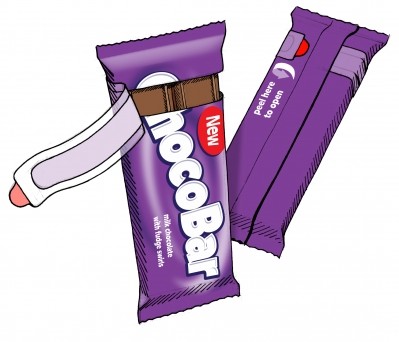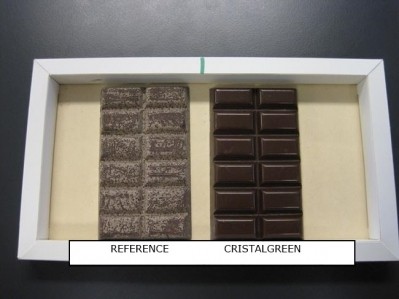The chocolate market of 2030 – analyst looks through crystal ball

John Morris, European head of consumer markets at KPMG, told ConfectioneryNews.com after his presentation at the Chocovision conference in Davos, Switzerland last week how confectioners can achieve growth in an ever-changing landscape.
Developing and developed
“There are almost two track markets,” he said.
The first, he said, were developed markets such as the US and Western Europe where chocolate is capable of weathering recession, but competition is high.
“There needs to be a lot more innovation to maintain market share or grow,” Morris said of these markets.
The second are developing markets such as the BRIC countries and Mexico, where manufacturers need to cater to the specific consumer tastes of each market to foster growth, he said.
He added that the industry’s response to upcoming health regulations could mould its future.
Innovation in developed markets
KMPG predicts that confectioners will need to find innovative ways to appeal to consumers in highly developed markets.
“Unusual flavours will become the norm, with chocolate-lovers choosing their own combinations,” KPMG said in its report ‘The chocolate of tomorrow’, unveiled at Chocovision.
It said that wild flavours such as bacon and wasabi would be required to excite sophisticated tastes in the US
Morris noted an upsurge in NPD activity in Canada over the Easter period, which had helped to drive growth in the developed market over the seasonal period.
Sustainability, packaging and consolidation
Morris added that sustainable sourcing was growing in importance particularly among the middle-classes in developed markets.
Many confectioners, such as Mars and Ferrero have spotted the trend and have made pledges to source only certified cocoa over the next eight years.
According to Morris, packaging will be another way confectioners can stand out. He said that packaging, such as share-bag with reseal strips that can maintain freshness and allow portion control, would appeal to health conscious consumers
KMPG also expects premium chocolate to move into the mainstream and anticipates confectioners to open more flagship stores as Mars and Hershey had done for M&Ms to help build brand awareness.
Morris added that outsourcing chocolate manufacturing to firms like Barry Callebaut could also gather pace as confectioners start to focus purely on sales and marketing operations .
Tapping into growth in emerging markets
In order to capitalise on high rates of growth in emerging markets, such as the BRIC countries, Morris said that “a global set of local operations” was needed.
India is anticipated to grow faster than all other emerging markets, according to KPMG.
It said in its report widespread lactose intolerance in China had made for a slower than anticipated start in China, but premium products were selling well with over half of sales bough as gifts.
“There is an opportunity in new developing markets in eventing and gifts,” said Morris, giving Chinese New Year as just one example.
He added that the introduction of spices into chocolate was also gaining momentum in Asia-Pacific.
The health movement: threat or opportunity?
The emergence of health legislation from national governments could be a threat to the industry, said Morris.
However, he added that regulation need not become burdensome if chocolatiers were to lobby to bring out the nutritional benefits of chocolate.
The industry’s marketing capacity for communicating the health benefits of chocolate has yet to be realised, he said.
Cocoa supply
According to Morris, the single largest threat to the industry up until 2030 is the supply and demand curve on cocoa.
If demand were to outpace supply it could lead to chocolatiers using less cocoa in milk chocolate, he said.
He added that ingredients firms, such as flavour house Firmenich, were already finding ways to account for the loss of cocoa in the formulation.







